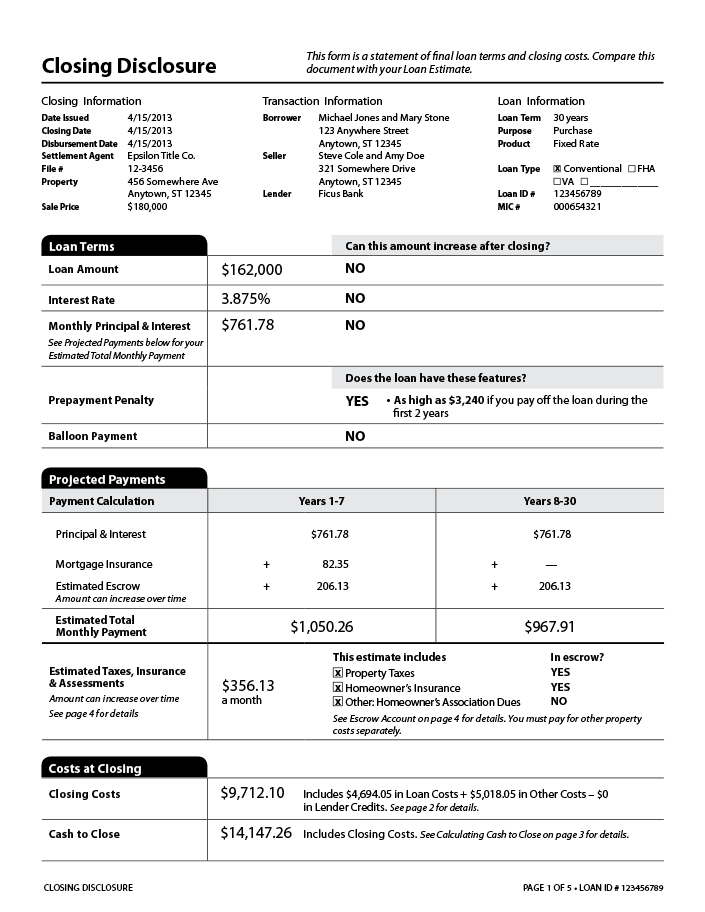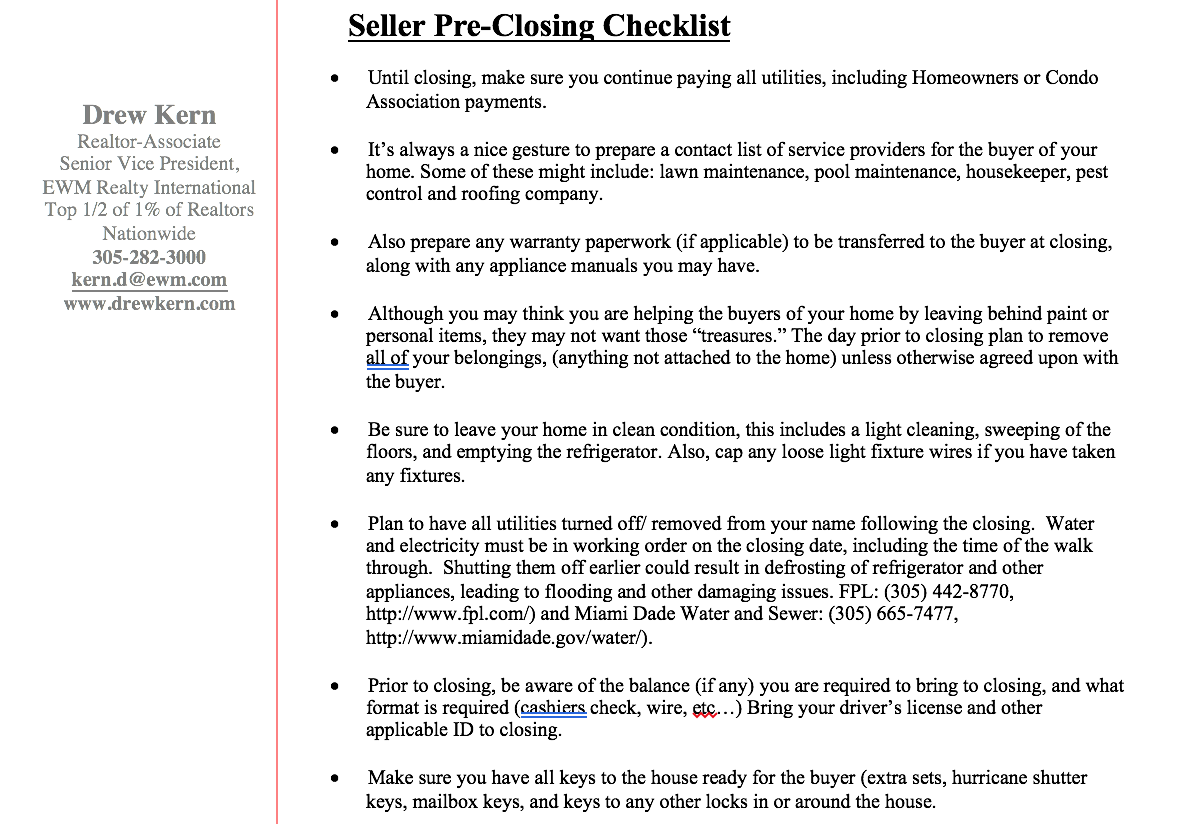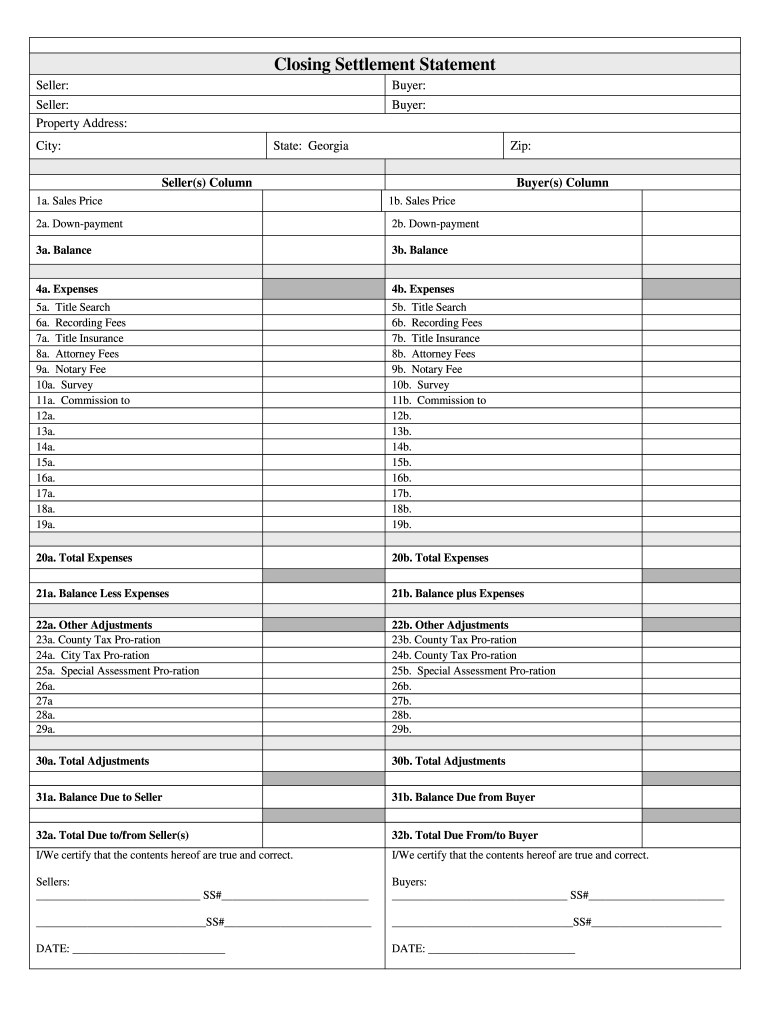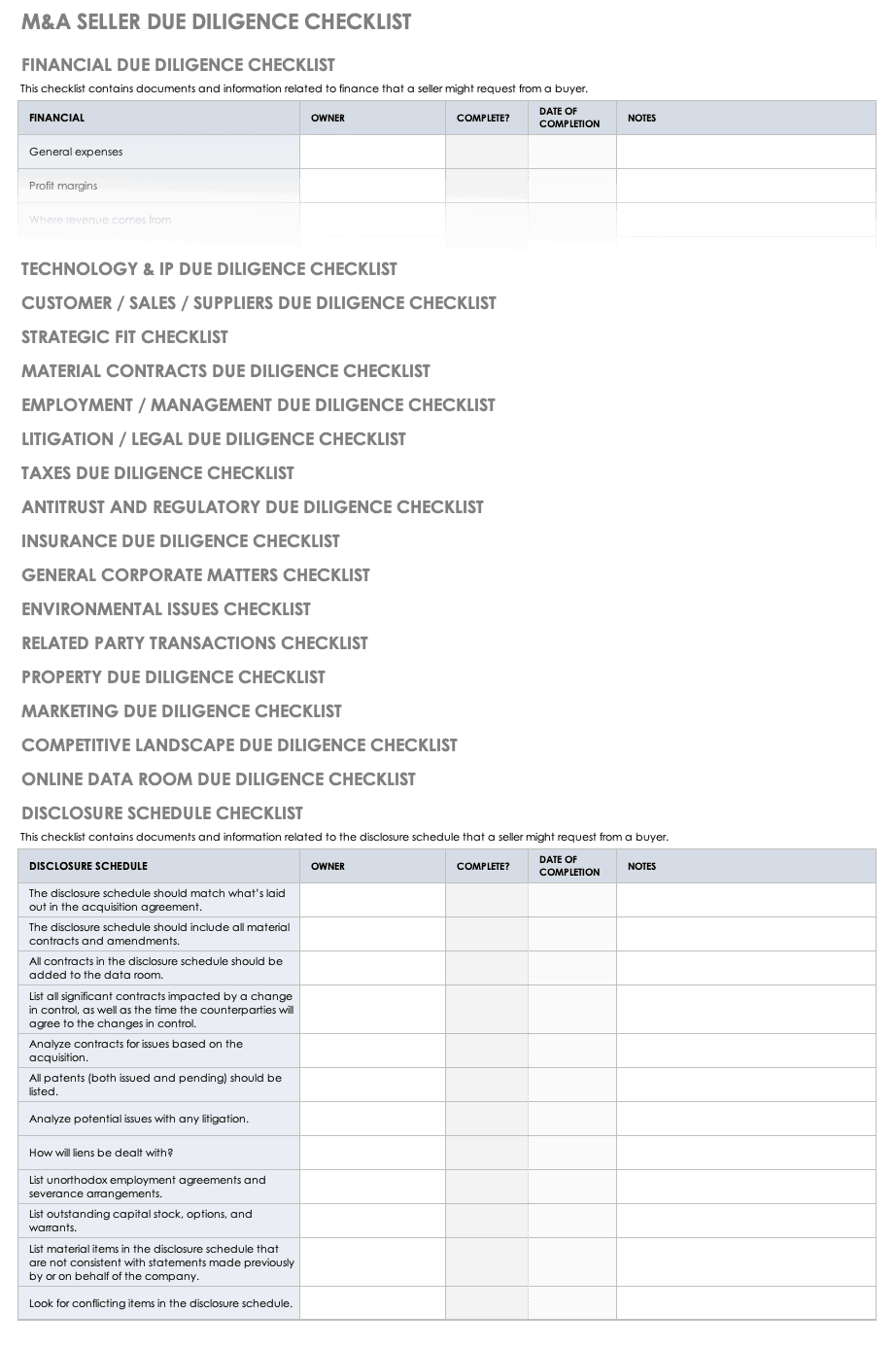
When it comes to closing on a real estate transaction, there are a lot of moving parts that need to come together smoothly. From finalizing the purchase price to signing all the necessary paperwork, the process can be overwhelming. That’s where a real estate closing checklist comes in handy.
This comprehensive tool helps both buyers and sellers stay organized and on track throughout the closing process. In this guide, we will explore everything you need to know about real estate closing checklists and how they can make your closing experience stress-free.
What is a Real Estate Closing Checklist?
A real estate closing checklist is a detailed document that outlines all the tasks and steps that need to be completed before the closing date. It serves as a roadmap for both buyers and sellers, ensuring that nothing falls through the cracks during this crucial time.
The checklist typically includes items such as scheduling a final walkthrough, obtaining homeowners’ insurance, transferring utilities, and other relevant tasks. By following a real estate closing checklist, you can stay organized and ensure a smooth closing process.
Why Use a Real Estate Closing Checklist?
The real estate closing process can be complex and overwhelming, with numerous tasks to complete and deadlines to meet. Using a real estate closing checklist can help you stay on top of everything and avoid any last-minute surprises.
By having a clear roadmap of what needs to be done, you can proactively address any issues that may arise and ensure a successful closing. Additionally, a checklist can help you communicate effectively with your real estate agent, lender, and other parties involved in the transaction.
Real Estate Closing Checklist
Before we delve into the specifics of how to use a real estate closing checklist, let’s take a look at what a typical checklist may include:
- Obtain a Home Inspection: Schedule a home inspection to identify any potential issues with the property.
- Review Closing Disclosure: Review the closing disclosure to ensure all terms and fees are accurate.
- Secure Homeowners Insurance: Obtain homeowners insurance to protect your investment.
- Schedule Final Walkthrough: Schedule a final walkthrough of the property to ensure everything is in order.
- Transfer Utilities: Arrange for the transfer of utilities into your name on the closing date.
- Bring Necessary Documents: Make sure to bring all necessary documents, such as identification and payment information, to the closing.
- Sign Closing Documents: Review and sign all necessary closing documents with your attorney or closing agent.
How to Use a Real Estate Closing Checklist
Using a real estate closing checklist is a straightforward process. Here are some tips to help you make the most of this valuable tool:
1. Start Early: Begin using the checklist as soon as your offer is accepted to stay ahead of the game.
2. Stay Organized: Keep all relevant documents and information in one place for easy access.
3. Check Off Completed Tasks: Mark off tasks as you complete them to track your progress.
4. Communicate with Your Real Estate Agent: Keep your agent informed of your progress and any issues that may arise.
5. Review Checklist Regularly: Review the checklist regularly to ensure you are on track and nothing is overlooked.
6. Adjust as Needed: Be flexible and make adjustments to the checklist as necessary to accommodate any changes in the closing process.
Examples of Real Estate Closing Checklists
If you’re looking for a real estate closing checklist to use for your upcoming transaction, there are many resources available online. You can find templates that are customizable to fit your specific needs and preferences. Some examples of popular real estate closing checklist templates include:






Tips for Successful Real Estate Closings
Closing on a real estate transaction can be a stressful experience, but with the right tools and preparation, you can ensure a successful outcome. Here are some tips to help you navigate the closing process with ease:
1. Stay Organized: Keep all your documents and information in one place to avoid any last-minute scrambling.
2. Communicate Effectively: Stay in touch with your real estate agent, lender, and other parties involved in the transaction.
3. Ask Questions: Don’t be afraid to ask questions if you don’t understand something or need clarification.
4. Be Prepared: Have all necessary documents and information ready before the closing date to avoid delays.
5. Follow the Checklist: Use a real estate closing checklist to stay on track and ensure nothing is overlooked.
6. Celebrate Your Success: Once the closing is complete, take some time to celebrate this milestone achievement.
In conclusion, a real estate closing checklist is a valuable tool that can help streamline the closing process and ensure a successful outcome. By using this tool effectively and following the tips outlined in this guide, you can navigate the complexities of real estate closings with confidence and ease. Remember to stay organized, communicate effectively, and celebrate your success once the transaction is complete. Happy closing!
Real Estate Closing Checklist Template – Download
- Gift Voucher Template - January 8, 2026
- Printable Gift Thank-You Note Template - January 8, 2026
- Free Printable Gift Tag Template - January 7, 2026